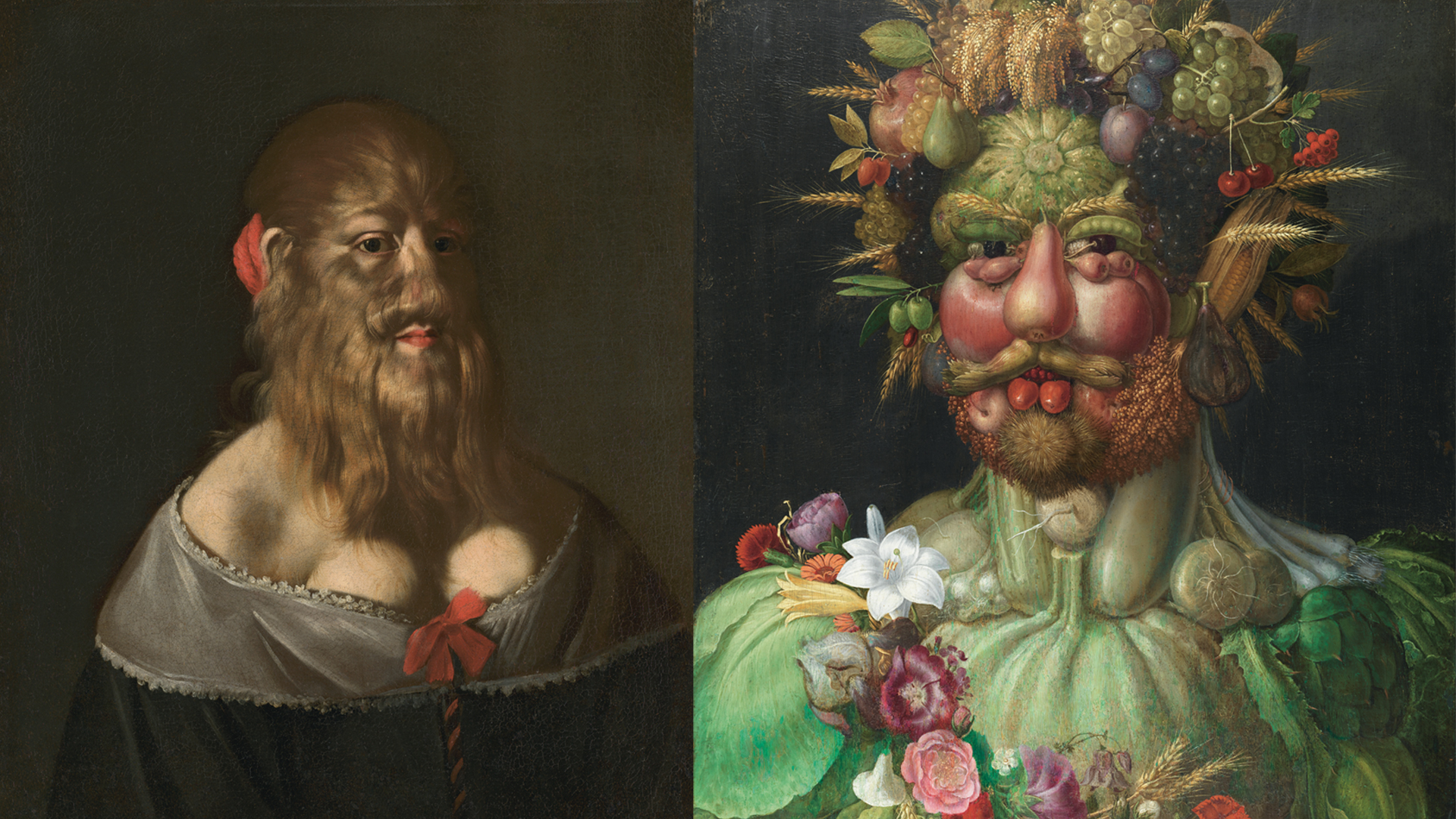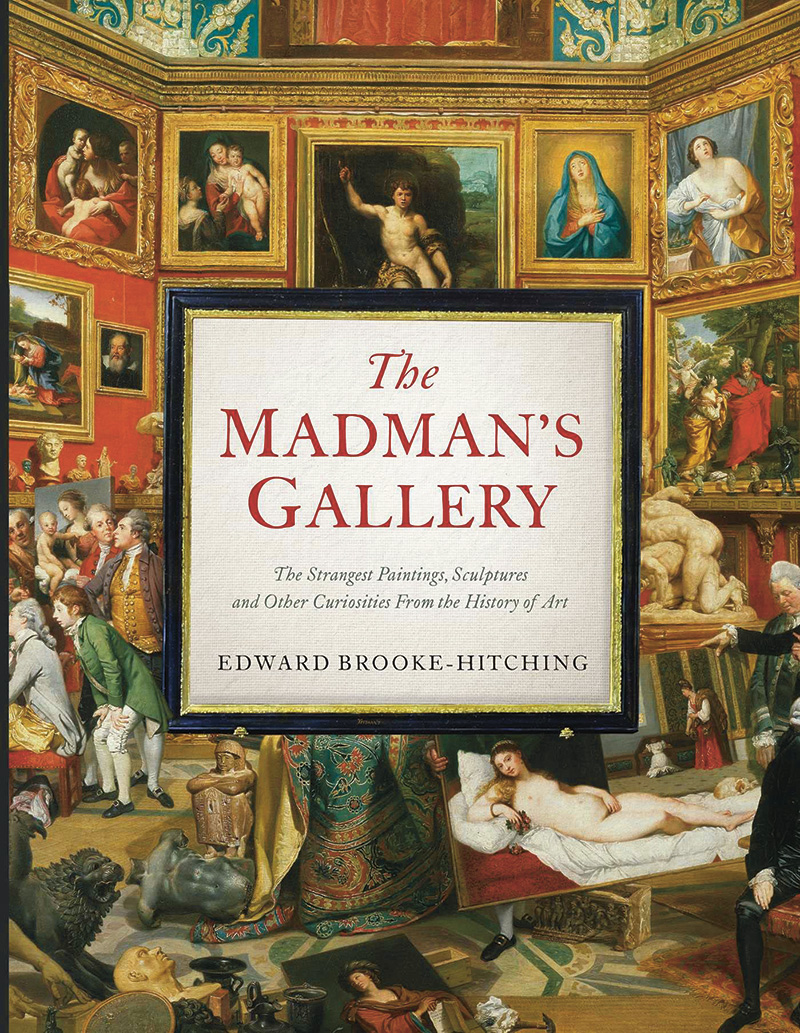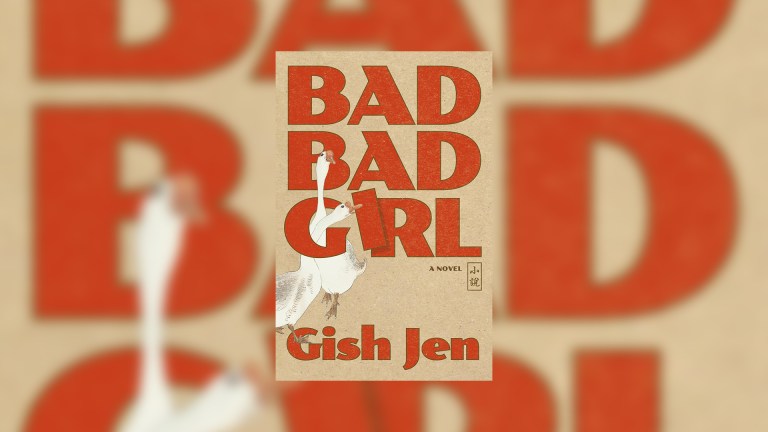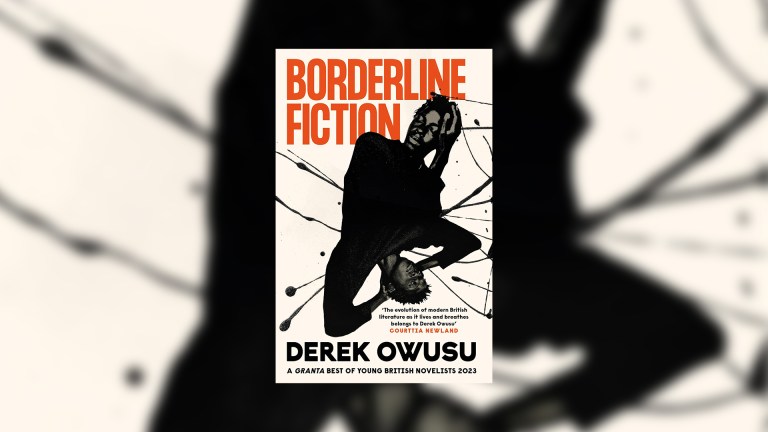In 1746 a group of publishers approached Samuel Johnson with the idea of creating an authoritative
dictionary of the English language. The Académie Française had already published their French Dictionnaire, which had taken 40 scholars 56 years to complete. Johnson slammed down his port and said he could do it himself in three. OK, so it took him eight, but it remains an astonishing achievement, and a fun read, when his notorious irritability and wit ekes out in his definitions. Take the word dull: “adjective: Not exhilarating, not delightful. As, to make dictionaries is dull work.”
I mention Dr Johnson because of a line he wrote in 1751: “Curiosity is the thirst of the soul,” he said in The Rambler, explaining that it “makes us taste every thing with joy… by which it may be quenched.” I grew up in a rare book shop, which is an apprenticeship that trains you in the power of curiosity. An old book with a great backstory is an effortless sale. And dealers know how to spin a tale to have you salivating. Strange objects and strange stories fascinate us all.
It turns out that the same sales technique is useful for writing books, too. For years my favourite historical tidbit was something I’d read while in the bookshop, in an 18th-century text on German hunting weaponry. In the mid-1600s, the German aristocracy would play a sport called ‘fuchsprellen’ as entertainment before dinner. The word roughly translates as ‘fox-tossing’. Couples in an arena the size of a large tennis court would grip a long net slack on the ground between them. Animals were then released into the area – badgers, rabbits, wildcats, and foxes – and when one ran across the net, it was the couple’s job to yank it taut, and catapult the creature high into the air. This led to me writing a book on sports that were extinct, lost in history, titled of course Fox Tossing, Octopus Wrestling and Other Forgotten Sports.
Reading about this kind of curious history can leave people unconvinced, but another thing that rare bookshops teach you is that history is surprisingly well illustrated. (A large 17th-century print of a fox-tossing match currently hangs on my wall). Dealers’ shops are filled with as many prints and maps as they are bookshelves. Reading is conceiving, but seeing is believing.
This is why antiquarian maps are so fascinating – snapshots of the world as it was believed to be at the time, drawn by great artists centuries ago who had to rely solely on the information passed to them by sailors with decidedly dodgy measurement techniques and blood-alcohol levels. As a result, maps often stray wildly from reality. California was drawn as an island on maps for nearly 150 years; the Mountains of Kong, a giant impassable belt stretching across Africa’s midriff, existed on maps for nearly 100 years, dissuading explorers, before it was finally understood in the 1880s that they were entirely imaginary. Thousands of ghost islands have filled ocean charts only for later ships to find nothing at their coordinates. It’s likely some remain on modern maps – Sandy Island, off the eastern Australian coast, was only found to be non-existent in 2012. All of this led to my book The Phantom Atlas – an atlas of the world not as it ever existed, but as it was believed to be.
But in terms of curious visual matter, what better world is there to explore than the world of art? I started collecting stories and images years ago for The Madman’s Gallery, a collection of history’s strangest artworks, after being unable to find a book on curiosities of art. Searching for bizarre paintings in art history is like looking for raindrops in the sea, but take the dealer’s approach – sifting for great stories – and piece by piece, magnificently odd paintings and sculptures gather in this imaginary art gallery, in celebration of the depthless capacity and sheer variety of human creativity. The mystery of the nude Mona Lisa, the man who painted the sea floor, the werewolf legion of the Roman army, the New World art of ‘angel musketeers’, visions of the afterlife revealed by spirits, stolen art, revenge art, the giant panoramas that towered over Georgian London…










